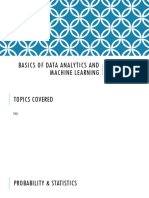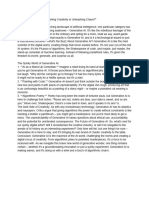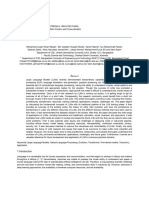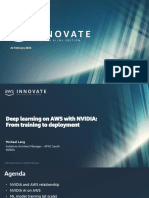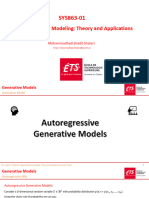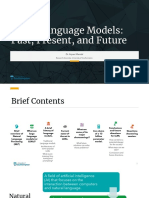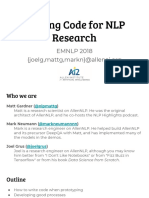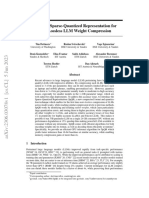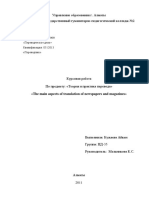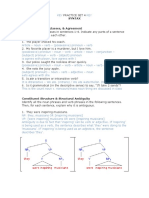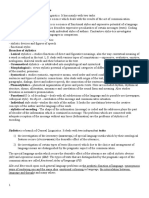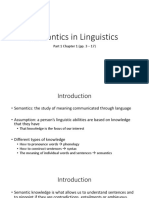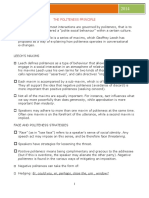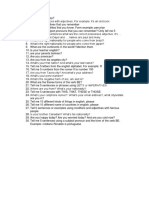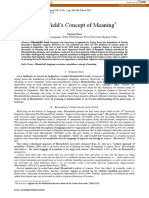0% found this document useful (0 votes)
238 views45 pagesIntroduction To Natural Language Processing
Computational linguistics is the study of natural language processing (NLP) by computers. NLP involves computers processing and understanding human languages like English, Hindi, and others. The goal of NLP is for computers to understand, interpret, and manipulate human language in a useful way, similar to how humans communicate with each other. NLP draws from many fields including linguistics, computer science, and artificial intelligence.
Uploaded by
Mahesh YadavCopyright
© © All Rights Reserved
We take content rights seriously. If you suspect this is your content, claim it here.
Available Formats
Download as PPTX, PDF, TXT or read online on Scribd
0% found this document useful (0 votes)
238 views45 pagesIntroduction To Natural Language Processing
Computational linguistics is the study of natural language processing (NLP) by computers. NLP involves computers processing and understanding human languages like English, Hindi, and others. The goal of NLP is for computers to understand, interpret, and manipulate human language in a useful way, similar to how humans communicate with each other. NLP draws from many fields including linguistics, computer science, and artificial intelligence.
Uploaded by
Mahesh YadavCopyright
© © All Rights Reserved
We take content rights seriously. If you suspect this is your content, claim it here.
Available Formats
Download as PPTX, PDF, TXT or read online on Scribd
/ 45





